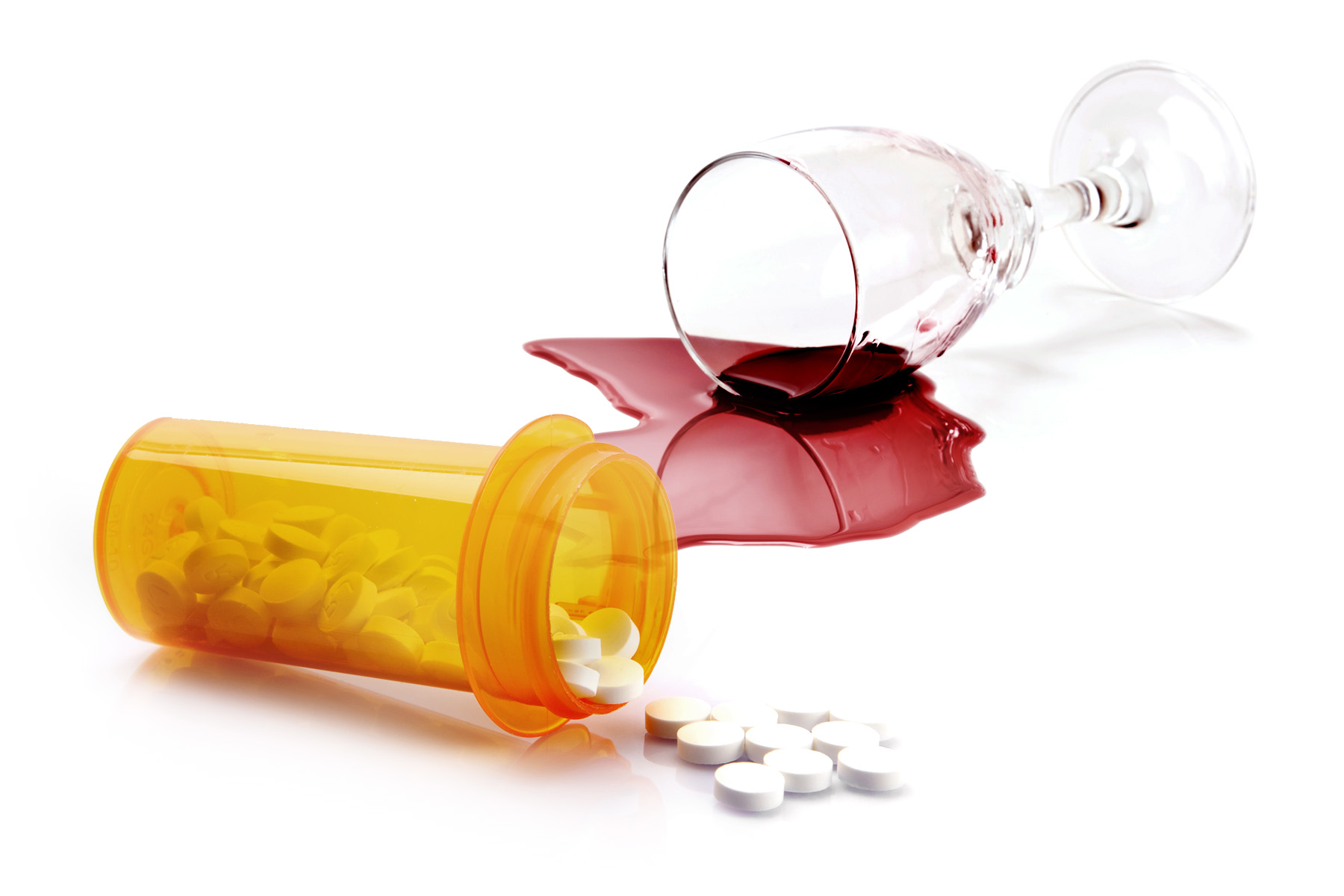Signs and Symptoms of Hydromorphone Abuse

Hydromorphone is a very popular drug of abuse for anyone who likes opiates. But they may not recognize it by this name. The best known name of this drug is Dilaudid and it shows up on the drug lists of many people who go into rehab for addiction to opiates.
It is a fast acting painkiller which also means that its effects pass off quickly in its normal formulation. Like most prescription opiates, there is an extended release (ER) formula and an instant release (IR) formula. The IR formula is often used in hospital settings after surgery or injuries, especially in the many joint replacement surgeries that occur in the US.
When it comes to opiates, an addicted person will usually use whatever drug is available. Any opiate or chemically similar drug (called an opioid) will prevent the withdrawal symptoms that would kick in if no opiates were obtained.
Here is the list of opiates one person had been using before she entered rehab:
- Morphine
- Lortab
- OxyContin
- Vicodin
- Darvocet
- Dilaudid
- Tramadol
- Norco
- Lorcet
- Subutex
- Codeine
- Percocet
- Percodan
- Tylenol with codeine
- Suboxone
- Hydrocodone
She had been abusing one or more of these drugs almost every day for ten years. The sad thing is that an opiate list like this is not even uncommon. In most cases, there will often be benzodiazepines, alcohol, marijuana and other drugs on the list as well.
Dilaudid abuse over a period of time is very likely to create addiction. For an addict, very often the first thing they think about when they wake up in the morning is how they are going to get the day’s drugs.
When a person is abusing opiates like hydromorphone, the signs of this abuse will include dilated pupils, sleepiness and dopiness. It is a common symptom of abuse for a person to nod off shortly after they take the drug.
Opiates are hard on the digestive system. A person may be nauseated, may vomit and is very likely to be constipated. There may be abdominal pain.
Difficulty sleeping is a very common symptom of opiate abuse. When person tries to get clean, the erratic sleep schedule may take time to straighten out.
The respiratory system may be hardest hit by opiates like hydromorphone. One of the most significant symptoms of opiate abuse is slowed breathing. When a person has had too much hydromorphone or other opiate, they are likely to exhibit labored breathing. Overdose deaths most commonly occur because a person stops breathing. If opiates are combined with other drugs that suppress breathing like alcohol or benzodiazepines, the combination can suppress breathing more quickly on lower dosages of the combined drugs and result in death even when a person thought they were abusing what they thought were safe quantities.
Addiction Creates an Obsession That Only Sobriety Can Cure
When a person wakes up in the morning, or he or she may think about their children, about getting to work or about tasks that must be done. An addict thinks about the day’s drug. If they don’t get the drugs soon, withdrawal symptoms are going to kick in. They are going to be dope sick (suffer withdrawal symptoms) if they don’t find the pills or powder they need.
This is why addiction can result in a decline of morals, productivity and honesty. Production may be replaced by criminality. It does not mean that a person has suddenly and inexplicably become bad. It simply means that they are being driven by the cravings that overwhelm all other motivations.
To recover from these overwhelming symptoms of addiction, a person must complete a thorough rehabilitation program that reduces cravings and restores personal values and integrity.
For nearly 50 years, the Narconon drug and alcohol rehabilitation program has provided these types of repairs. The way this program enables a person to find relief from cravings is through an innovative detoxification program called the Narconon New Life Detoxification. This phase of recovery takes three to six weeks of some hours each day, in and out of a sauna to induce sweating. A strict regimen of nutritional supplements and moderate daily exercise combine with the sauna time to enable the body to flush out old, stored drug toxins. Once these toxins are gone, those completing this step often say their physical cravings are gone.
What remains then is for a person to be proofed against psychological cravings. This means that his personal integrity must be restored and one must learn how to deal with all the triggers in the home environment or anywhere he finds himself. This improvement is addressed on the Life Skills component of the Narconon program.
By the end of this process, the majority of those going through this rehab find lasting sobriety. If you know someone who needs this kind of help, call now to find out everything you need to know about this alternative to conventional or Twelve Step rehab programs.
See how drug intervention can help someone get the help that is needed.
See also Hydromorphone Effects
Resources:

 ®
®